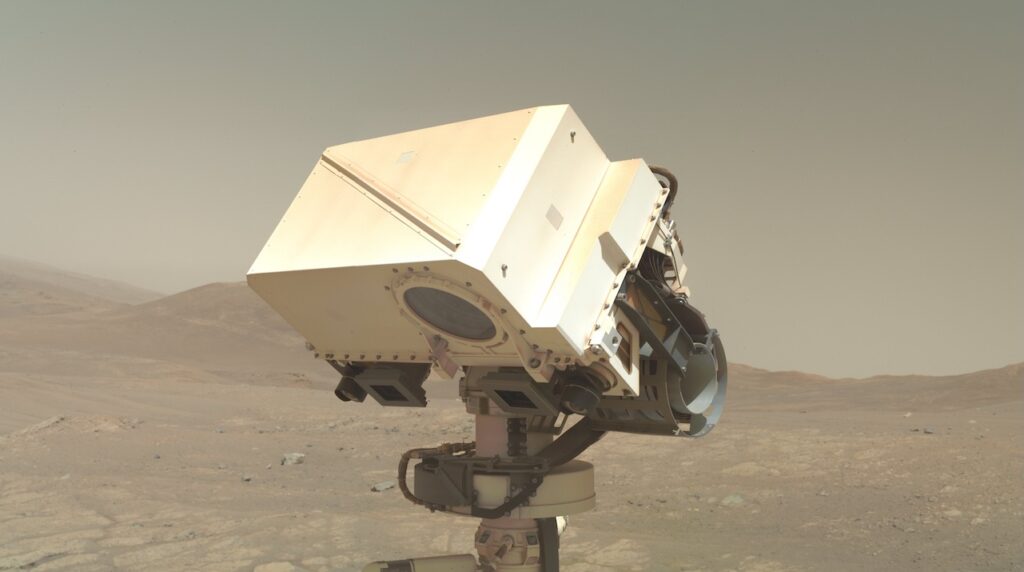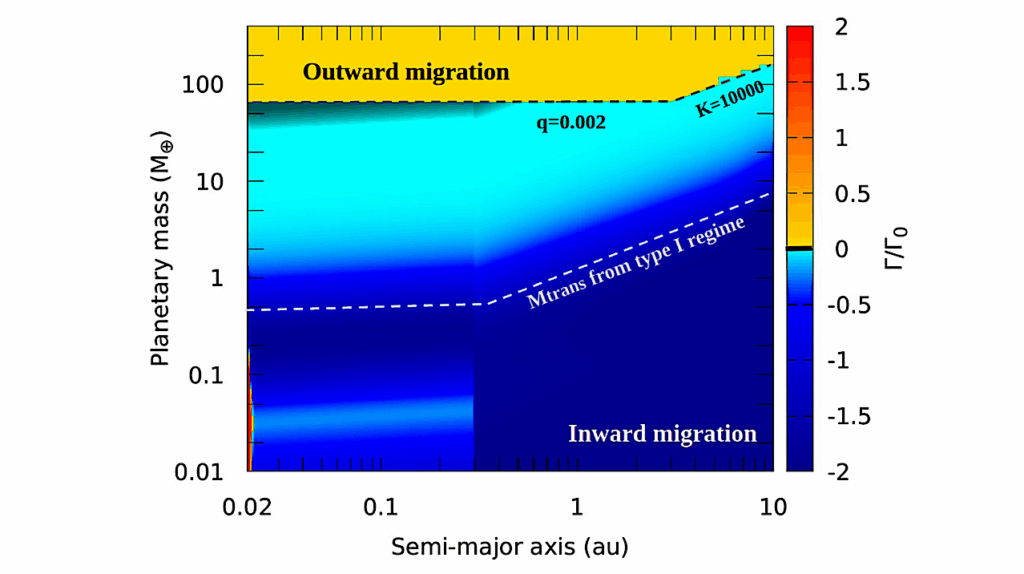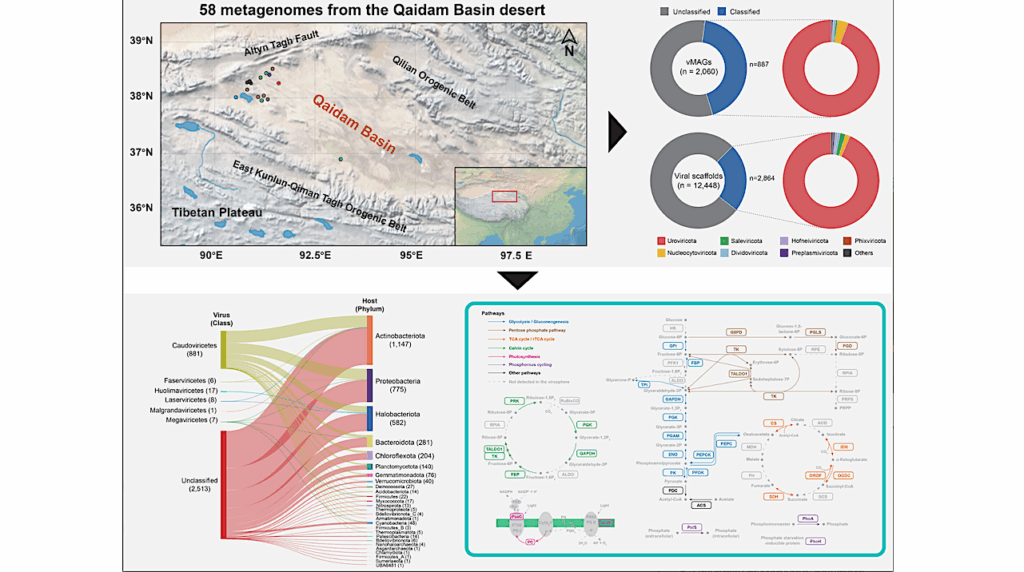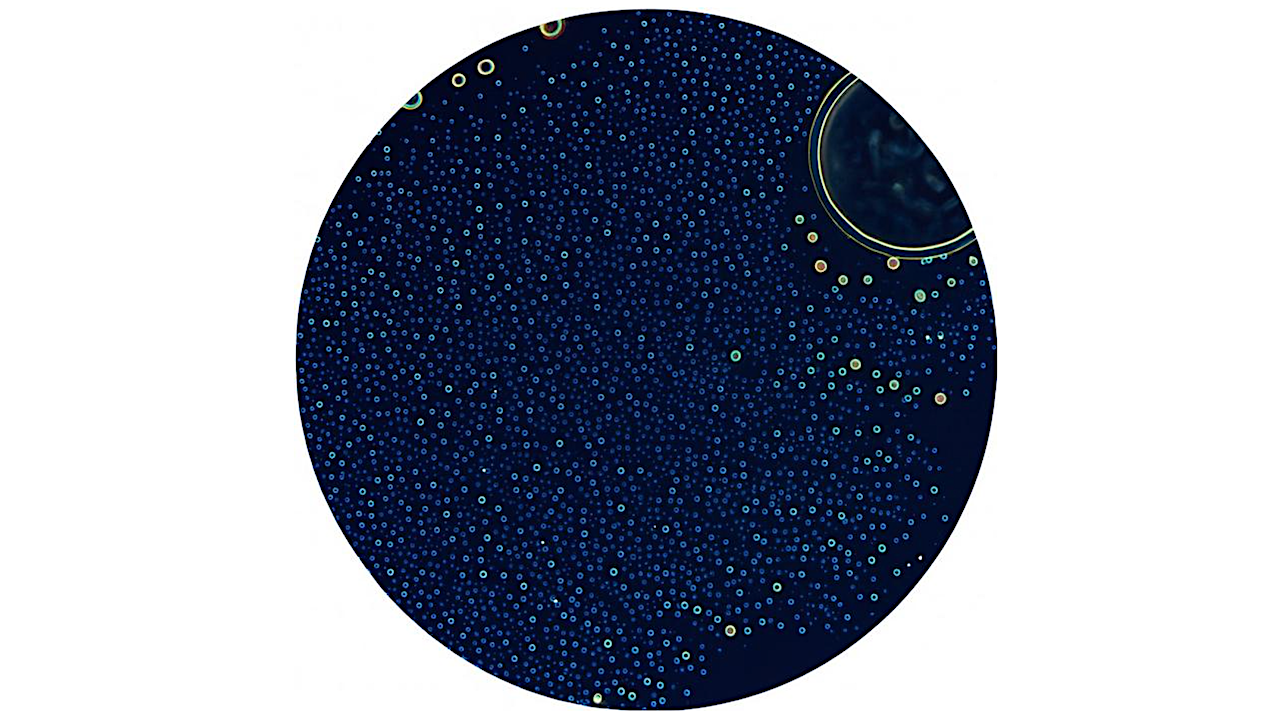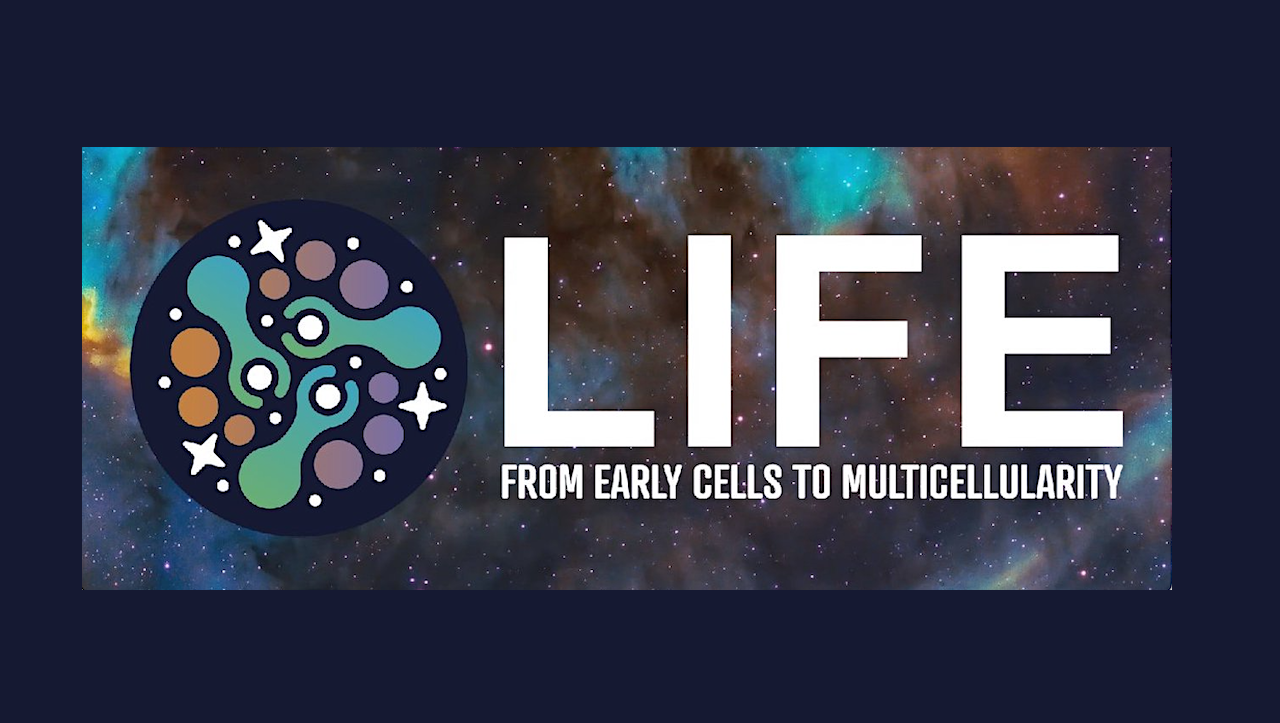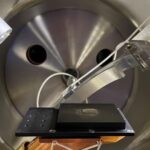Now Reading: Polycyclic Aromatic Hydrocarbon (PAH) Abundances In The Disk Around T Chamaeleontis (T Cha): PAH Sizes, Ionization Fraction, And Mass During JWST Observations
-
01
Polycyclic Aromatic Hydrocarbon (PAH) Abundances In The Disk Around T Chamaeleontis (T Cha): PAH Sizes, Ionization Fraction, And Mass During JWST Observations
Polycyclic Aromatic Hydrocarbon (PAH) Abundances In The Disk Around T Chamaeleontis (T Cha): PAH Sizes, Ionization Fraction, And Mass During JWST Observations
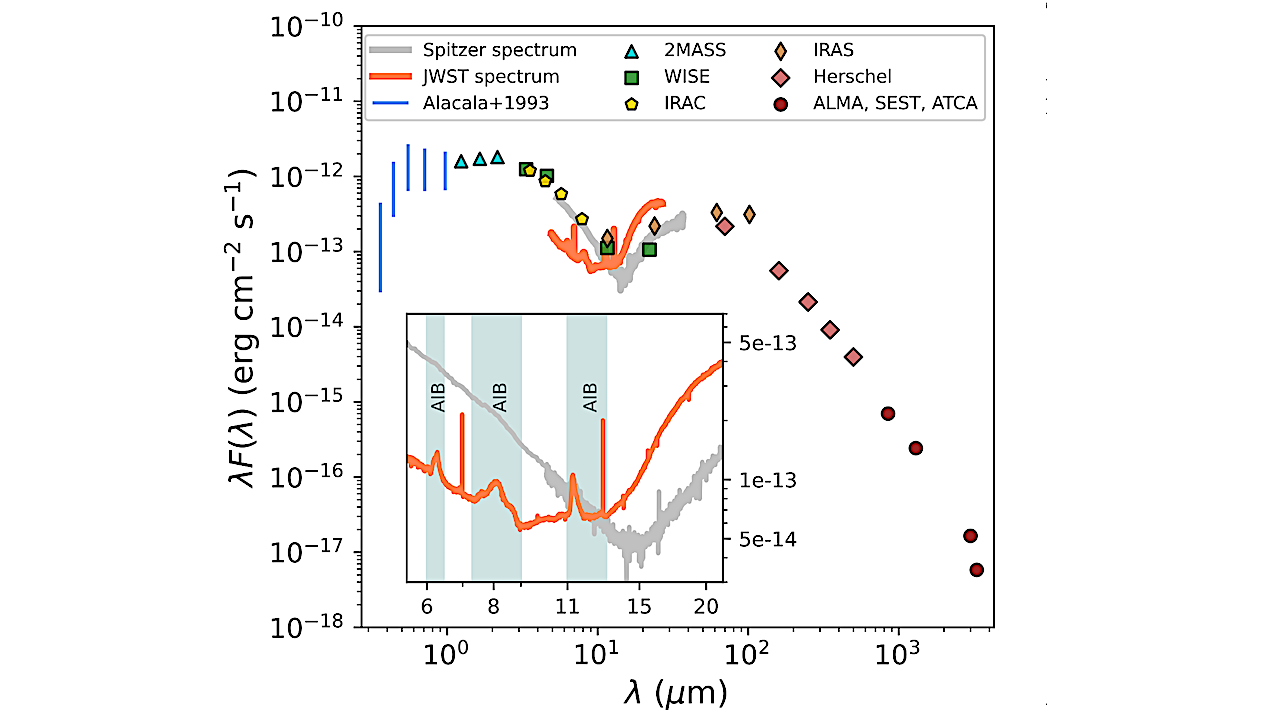

A collection of photometric fluxes and spectra of T Cha are shown. The blue vertical lines represent the variability in optical fluxes (Alcalá et al. 1993). IR photometric fluxes are from 2MASS, WISE, IRAC, IRAS, and Herschel. The millimetre band fluxes correspond to ALMA at 0.85 and 3 mm, SEST at 1.3 mm, and ATCA at 3.3 mm. The mid-IR spectra from Spitzer (grey) and JWST (orange) shows a varying continuum. Inset figure: The AIBs at 6.2, 8.1, and 11.3 µm, prominently appearing in the JWST spectrum, are marked. The two strong lines in the JWST spectrum correspond to the fine-structure [Ar ii] 6.98 µm and [Ne ii] 12.81 µm transitions. — astro-ph.SR
The T Tauri star T Cha is known to have a protoplanetary disk with a dust gap separating the inner and outer disk regions. The mid-IR JWST spectrum of T Cha show multiple prominent aromatic infrared bands (AIBs) around 6.2, 8.1, and 11.3 μm.
AIBs are commonly accepted as the emission stemming from PAH molecules. We aim to characterize the PAHs giving rise to the AIBs observed in the JWST spectrum of T Cha. Our objective is to estimate the PAH abundances, in terms of their sizes, ionization fraction, and mass, in the disk of T Cha. We perform spectral fitting of the observed AIBs to identify the possible underlying PAH emission components.
We transfer the stellar radiation through a parametric disk model of T Cha in order to reproduce the mid-IR spectrum, optical photometric fluxes, and mm continuum band fluxes of T Cha. We include stochastically heated PAH dust grains in our model to simulate the AIBs, and hence estimate the PAH abundances from the modelling.
We use the results from previous observations and modelling efforts to reduce our model degeneracies. We estimate the PAH abundances in T Cha self-consistently, with other important disk parameters. The overall disk morphology – an inner and an outer disk separated by a dust gap – derived in this work is consistent with the previous results from Spitzer, VLT, and ALMA observations.
PAHs are located only in the outer disk in our model. We estimate a population of small PAHs of <30 C atoms, with an ionized PAH fraction of ~0.15. We also obtain a PAH-to-dust mass ratio of ~6.5×10−3, which amounts to ~16% of the ISM value.
We predict that the outer disk should have a frontal wall with smaller dust grains limited up to μm-order to fit the slope of the continuum within 14-15 μm. We propose a possibility of sub-micron dust grains within the gap to justify an observed plateau around ~10 μm in the JWST spectrum.
Rahul Bandyopadhyay (1 and 2), Simon Casassus (1 and 3) ((1) Departamento de Astronomía, Universidad de Chile, Santiago, Chile, (2) Millennium Nucleus on Young Exoplanets and their Moons (YEMS), Chile, (3) Data Observatory Foundation, Santiago, Chile)
Comments: 20 pages, 18 figures, 4 tables, accepted for publication in Astronomy & Astrophysics
Subjects: Solar and Stellar Astrophysics (astro-ph.SR); Earth and Planetary Astrophysics (astro-ph.EP)
Cite as: arXiv:2509.21238 [astro-ph.SR] (or arXiv:2509.21238v1 [astro-ph.SR] for this version)
https://doi.org/10.48550/arXiv.2509.21238
Focus to learn more
Submission history
From: Rahul Bandyopadhyay
[v1] Thu, 25 Sep 2025 14:36:26 UTC (1,149 KB)
https://arxiv.org/abs/2509.21238
Astrobiology, Astrochemistry,
Stay Informed With the Latest & Most Important News
Previous Post
Next Post
-
 012024 in Review: Highlights from NASA in Silicon Valley
012024 in Review: Highlights from NASA in Silicon Valley -
 02Panasonic Leica Summilux DG 15mm f/1.7 ASPH review
02Panasonic Leica Summilux DG 15mm f/1.7 ASPH review -
 03From Polymerization-Enabled Folding and Assembly to Chemical Evolution: Key Processes for Emergence of Functional Polymers in the Origin of Life
03From Polymerization-Enabled Folding and Assembly to Chemical Evolution: Key Processes for Emergence of Functional Polymers in the Origin of Life -
 04How New NASA, India Earth Satellite NISAR Will See Earth
04How New NASA, India Earth Satellite NISAR Will See Earth -
 05And Thus Begins A New Year For Life On Earth
05And Thus Begins A New Year For Life On Earth -
 06Astronomy Activation Ambassadors: A New Era
06Astronomy Activation Ambassadors: A New Era -
07SpaceX launch surge helps set new global launch record in 2024












